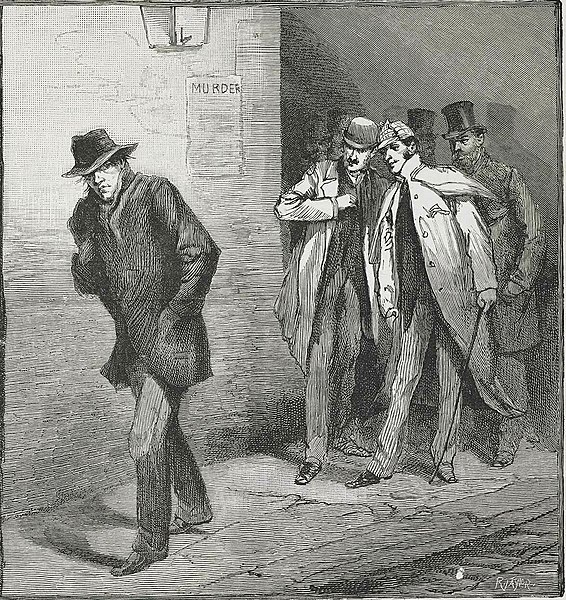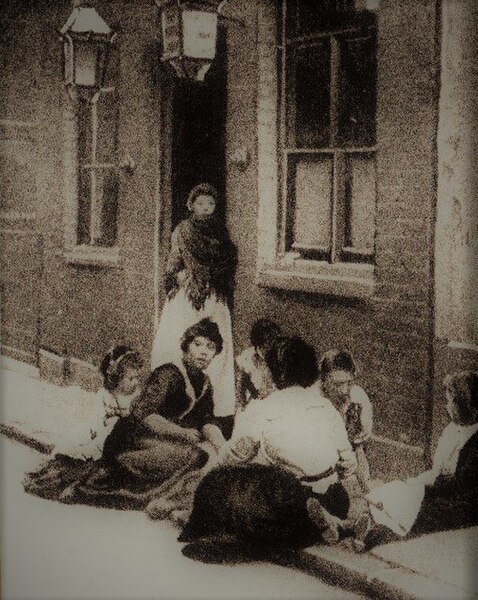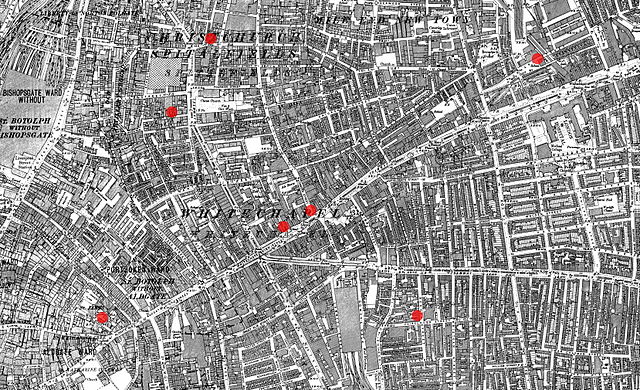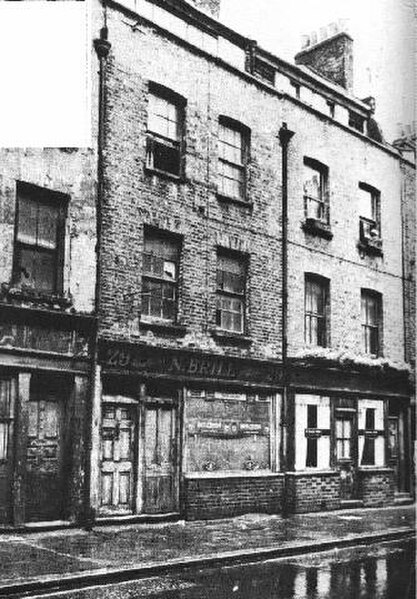Offender profiling, also known as criminal profiling, is an investigative strategy used by law enforcement agencies to identify likely suspects and has been used by investigators to link cases that may have been committed by the same perpetrator. The ancestor of modern profiling, R. Ressler of the FBI, considered profiling as a process of identifying all the psychological characteristics of an individual, forming a general description of the personality, based on the analysis of the crimes committed by him or her.
Thomas Bond (1841–1901), one of the precursors of offender profiling
Jack the Ripper was an unidentified serial killer active in and around the impoverished Whitechapel district of London, England, in 1888. In both criminal case files and the contemporaneous journalistic accounts, the killer was also called the Whitechapel Murderer and Leather Apron.
"With the Vigilance Committee in the East End: A Suspicious Character" from The Illustrated London News, 13 October 1888
Women and children congregate in front of one of the Whitechapel common lodging-houses close to where Jack the Ripper murdered two of his victims
The sites of the first seven Whitechapel murders – Osborn Street (centre right), George Yard (centre left), Hanbury Street (top), Buck's Row (far right), Berner Street (bottom right), Mitre Square (bottom left), and Dorset Street (middle left)
29 Hanbury Street. The door through which Annie Chapman and her murderer walked to the yard where her body was discovered is beneath the numerals of the property sign.





